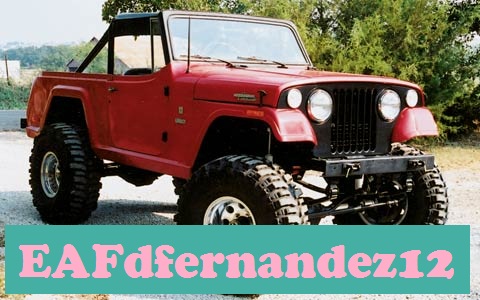En el automobil podemos encontrar otras aleaciones ke no sean del acero tanto estructurales como del motor e interiores.
Uno de estos materiales y casi de los mas usados es el aluminio (aliminium) que lo podemos encontrar en carrocerias, chasis , chasis tubular, culatas, bloque y en infinidad de piezas del vehiculo.
Este materia se caracteriza por su ligereza. Hablaremos mas en profundidad sobre el mas adelante.
Otro de estas aleaciones son las del cobre (copper)que se utilizan sobre todo en elementos de desgaste como cojinetes ya ke es un metal blando, se utiliza asi para que se desgaste el en vez de la pieza importante. y ademas es un buen conductor porlo que todo el cableado del vehiculo esta formado por el.
Nikel: tiene una alta resistencia mecanica y ante la oxidacion, y tiene buena conduccion electrica y magnetica.
miércoles, 30 de enero de 2013
domingo, 20 de enero de 2013
METAL SHAPING
There are only five operattions to shape the metal:
CUT
PICK
STRETCHING
WELD
FOLD
The metal shaping is the way to shape in cold the metal.
one of the metalworcking tool is the english weel, that enables a craftsman to form compound (double curvature) curves from flat sheets of metal such as aluminium or steel. The process of using an English wheel is known as Wheeling. Panels produced this way are expensive, due to the highly skilled and labour intensive production method, but it has the key advantage that it can flexibly produce different panels using the same machine. It is a forming machine that works by surface stretching and is related in action to panel beating processes. It is used wherever low volumes of compound curved panels are required; typically in coachbuilding, car restoration, spaceframe chassis racing cars that meet regulations that require sheetmetal panels resembling mass production vehicles (Nascar), car prototypes and aircraft skin components. English wheel production is at its highest volumes, in low volume sports car production, particularly when more easily formed aluminium is used. Where high volume production runs of panels are required the wheel is replaced by a stamping press, that has a much higher capital set up cost and longer development time than an English Wheel, but each panel in the production run can be produced in a matter of seconds. This cost is defrayed across a larger production run, but a stamping press is limited to only one model of panel per set of dies. The English wheel model shown is manually operated.
RON COVELL: He is a important person in the metal shaping world. To learn more of him click here
CUT
PICK
STRETCHING
WELD
FOLD
The metal shaping is the way to shape in cold the metal.
one of the metalworcking tool is the english weel, that enables a craftsman to form compound (double curvature) curves from flat sheets of metal such as aluminium or steel. The process of using an English wheel is known as Wheeling. Panels produced this way are expensive, due to the highly skilled and labour intensive production method, but it has the key advantage that it can flexibly produce different panels using the same machine. It is a forming machine that works by surface stretching and is related in action to panel beating processes. It is used wherever low volumes of compound curved panels are required; typically in coachbuilding, car restoration, spaceframe chassis racing cars that meet regulations that require sheetmetal panels resembling mass production vehicles (Nascar), car prototypes and aircraft skin components. English wheel production is at its highest volumes, in low volume sports car production, particularly when more easily formed aluminium is used. Where high volume production runs of panels are required the wheel is replaced by a stamping press, that has a much higher capital set up cost and longer development time than an English Wheel, but each panel in the production run can be produced in a matter of seconds. This cost is defrayed across a larger production run, but a stamping press is limited to only one model of panel per set of dies. The English wheel model shown is manually operated.
RON COVELL: He is a important person in the metal shaping world. To learn more of him click here
Suscribirse a:
Entradas (Atom)


